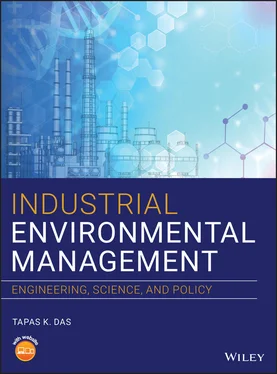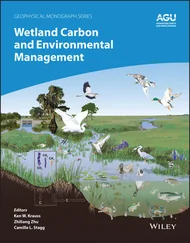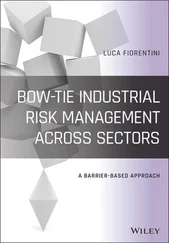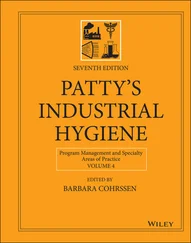1 ...7 8 9 11 12 13 ...47 Industrial ecology is “an approach to the design of industrial products and processes that evaluated these activities through the dual perspectives of product competitiveness and environmental interactions.” The field has been developed, largely academically, over the last 10 years to be “the means by which humanity can deliberately and rationally approach and maintain a desirable carrying capacity” (Graedel and Allenby 1995). It can be thought of as the science of sustainability for industrial systems – the multidisciplinary study of industrial and economic systems and their linkages with fundamental natural systems (also see Section 9.2).
Even though it is still under development, industrial ecology can provide the theoretical scientific basis upon which understanding, and reasoned improvement, of current practices can be based. It incorporates, among other things, research involving energy supply and use, new materials, new technologies, basic sciences, economics, law, management, and social sciences. It encompasses concurrent engineering, design for the environment (DFE) , dematerialization, pollution prevention, waste conversion, waste exchange, waste minimization, and recycling, with Zero Emissions as an important subset. Industrial ecology can be a policy tool, but it is neither a policy nor a planning system.
The goal of Zero Emissions is to restructure manufacturing so that there are no wastes. “Zero emissions” is thus applied “industrial ecology” at the manufacturing/service level, and indeed the terms are often used interchangeably. Note that the emphasis is on the manufacturing level, and not firm or industry level: whereas both “firm” and “industry” imply singular facilities or sectors, wastes are converted most successfully when several facilities are linked in an industrial cluster. As can be seen in Figure 1.4, pollution prevention and waste minimization are part of Zero Emissions and are technologies to be explored and where possible, optimized. Since it is not always feasible to prevent the generation of wastes early in the industrial cycle, the practice has arisen of trading them after they have been generated. Thus, critical components of ZD are waste exchange and the conversion of wastes so that they are viable inputs in other sectors. This interaction of systems widens the focus of the waste management effort.
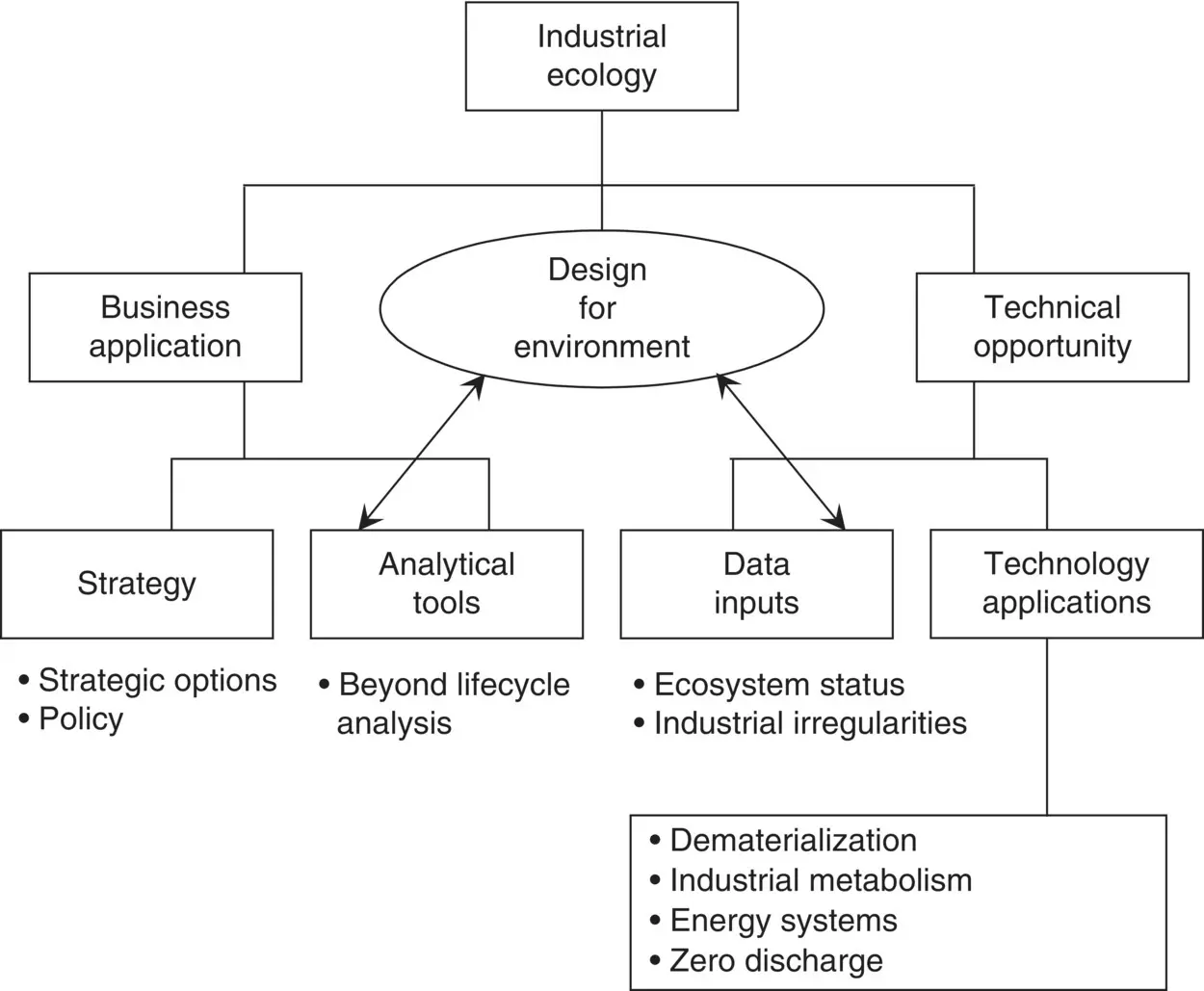
Figure 1.3 Zero discharge (emissions) is a subset of industrial ecology (see Section 9.2). Design for the environment and dematerialization are discussed later in the chapter. Industrial metabolism compromises the energy and value‐yielding process essential to economic development.
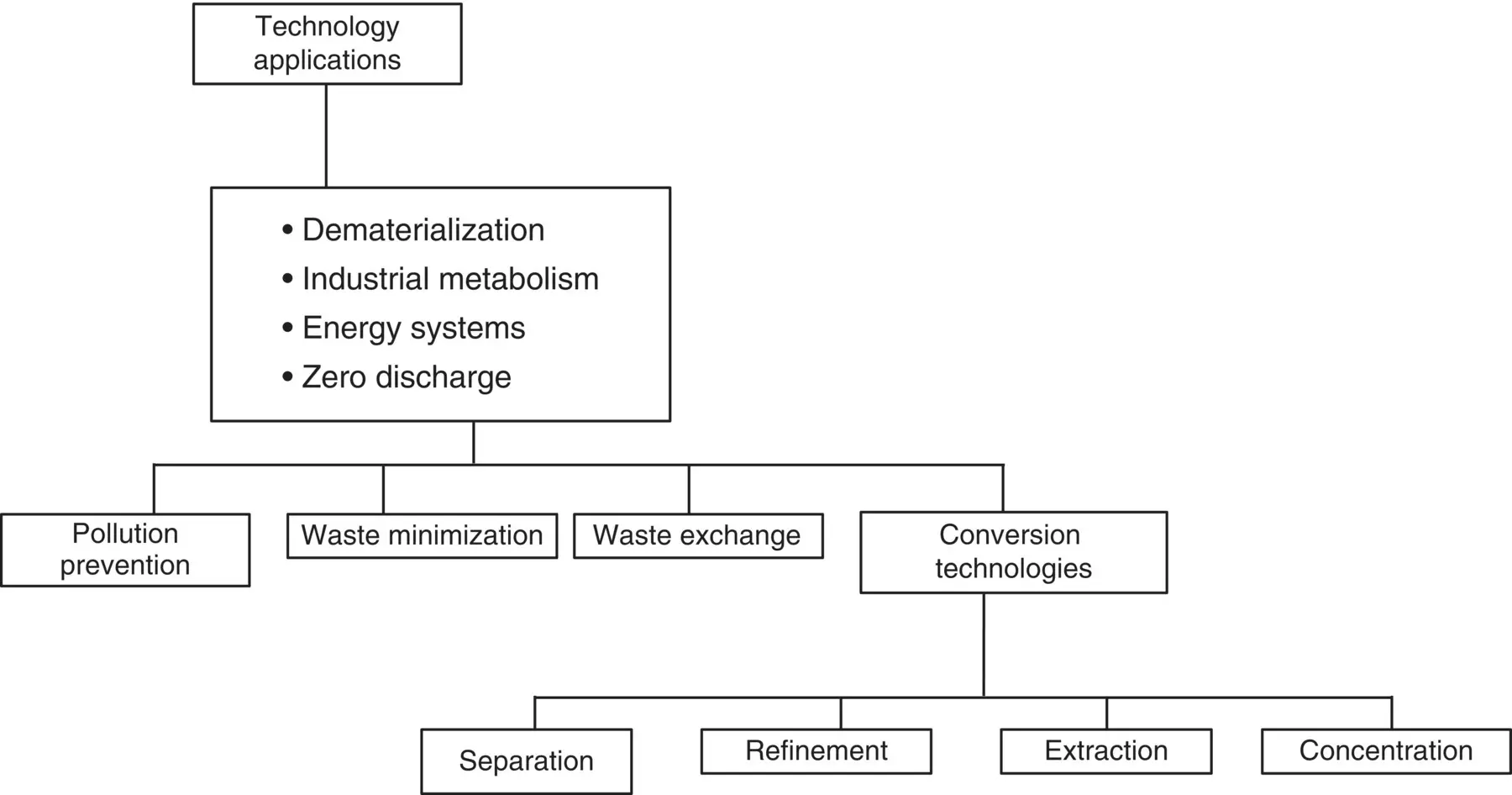
Figure 1.4 Zero discharge is supported by an array of tools and methodologies.
1.8 Why Zero Discharge Is Critical to Sustainability
To understand why Zero Discharge is a critical component of sustainability, it is important to recognize that one principle of sustainability is the efficient and wise use of resources, especially with regard to limiting the amount and type of resource extraction and subsequent pollution loadings. To see how these are related, it may help to think of a cycle with three parts: sources, systems, and sinks.
The sources include raw materials such as minerals, water, topsoil, and fossil fuels. On this planet, these are limited but have huge external reserves.
The systems are our ability to manipulate energy to turn source materials into finished products. Economic and industrial systems are limited only by imagination.
The sinks are the global waste bins. The ultimate long‐term sink is the deep trenches of the oceans; short‐term sinks are biosystems such as the atmosphere, rivers, wetlands, and the land. The ability of the sinks to handle wastes is limited; most show adverse effects of pollutant loading in just a few years.
The most restricting rate‐limiting component in this three‐part model is the sinks. Currently, the depletion of resources is rarely the driving force for resource substitution; instead, change is driven by process innovation to beat the competition, or regulatory intervention imposed from outside. But given the limitations of the sinks, the pressure for modification of an industrial system will increasingly come from the need to reduce loadings to environmental sinks.
To achieve sustainability, the Earth's environment must be protected in multiple ways. For example, planners must aim to minimize or eliminate anthropogenic changes to climate, net increases in acidification, loses of topsoil, and withdrawals of fossil water; moreover, biodiversity must be preserved, and buildup of toxic metals and other nonbiodegradable toxics in soils or sediments must be stopped. Zero discharge technologies attempt to accomplish these goals by reducing resource extraction and loadings to sinks. The objective is a closed loop in the economic subsystem, so that wastes inevitably created by human activities do not escape to contaminate the environment. Zero Discharge/Emissions proponent Gunter Pauli, the founder and former director of Zero Emission Research Institute , also notes that in the effort to eliminate waste, Zero Emissions “is nothing more than a persistent drive to cut costs.” Waste is a form of inefficiency, and an “economic system cannot be considered efficient, or ultimately competitive, if it generates waste” (Pauli 1996).
Zero Discharge (or Emissions) leaves behind the linear “cradle to grave” concept of materials use ( Figure 1.5) and embraces a cyclical, “cradle to cradle” vision ( Figure 1.6), in which wastes become value‐added inputs and the raw materials for other production cycles. This is how natural systems dispose of waste, and according to Pauli, the only way to achieve sustainability.
Meanwhile, the biological sinks are not increasing in capacity. Existing industries will keep operating and generating wastes – some of these wastes, as will be discussed later, containing richer concentrations of recoverable materials than virgin ones. In the interim, there will be a demand for technologies to manage and convert today's wastes into usable feedstocks. Chemical process design engineers and consulting firms will provide focal services to meet this demand through technology development, system integration, and facility operation.
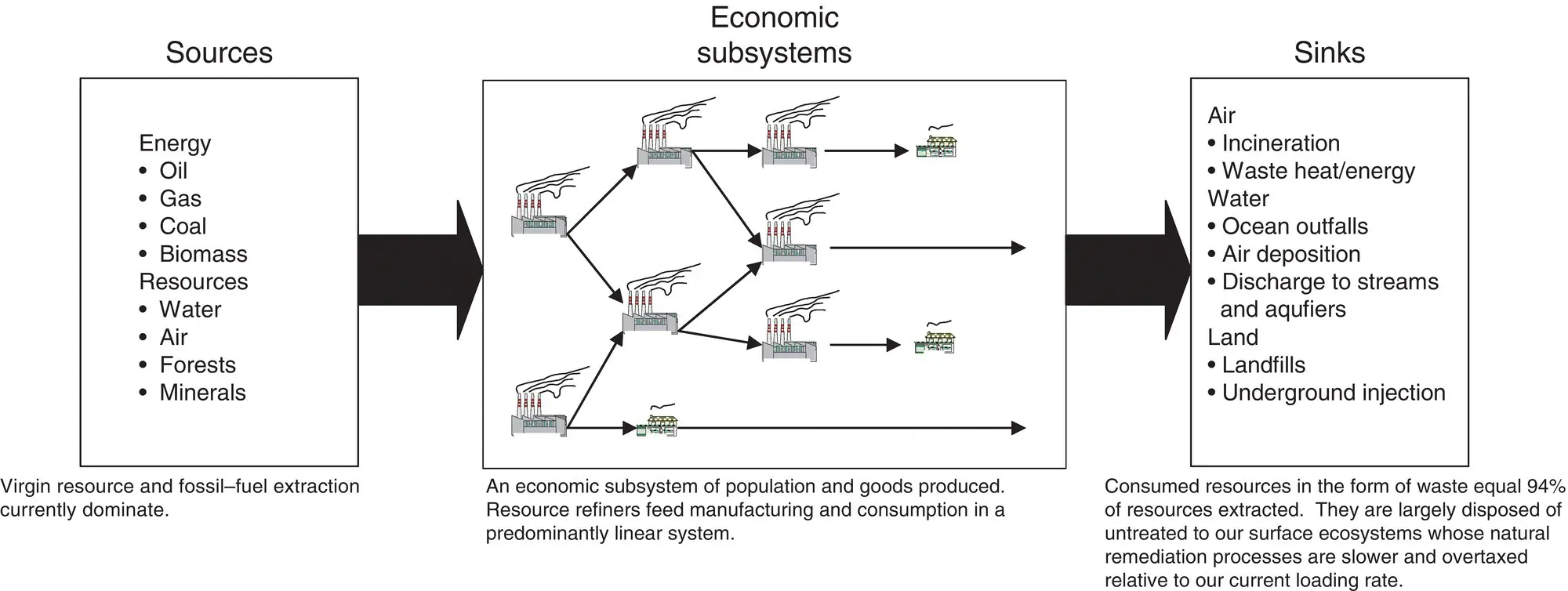
Figure 1.5 The interrelationship of sources, systems, and sinks for a linear (cradle to grave) materials use pattern.

Figure 1.6 The interrelationship of sources, systems, and sinks for a cyclic (Zero Emissions) materials use pattern.
1.9 The New Role of Process Engineers and Engineering Firms
Chemical process and product design engineers, environmental engineers, and consulting engineering firms can play a pivotal role as industries move toward the Zero Emissions or Zero Discharge paradigm, especially firms whose traditional niche has been to treat waste so that it is benign and acceptable for discharge. The role for these engineers in the twenty‐first century is to transform the effluent of one process to serve as the raw material for another process. The new role is not simply facilitating waste exchange; rather, the new jobs include the following:
Читать дальше
